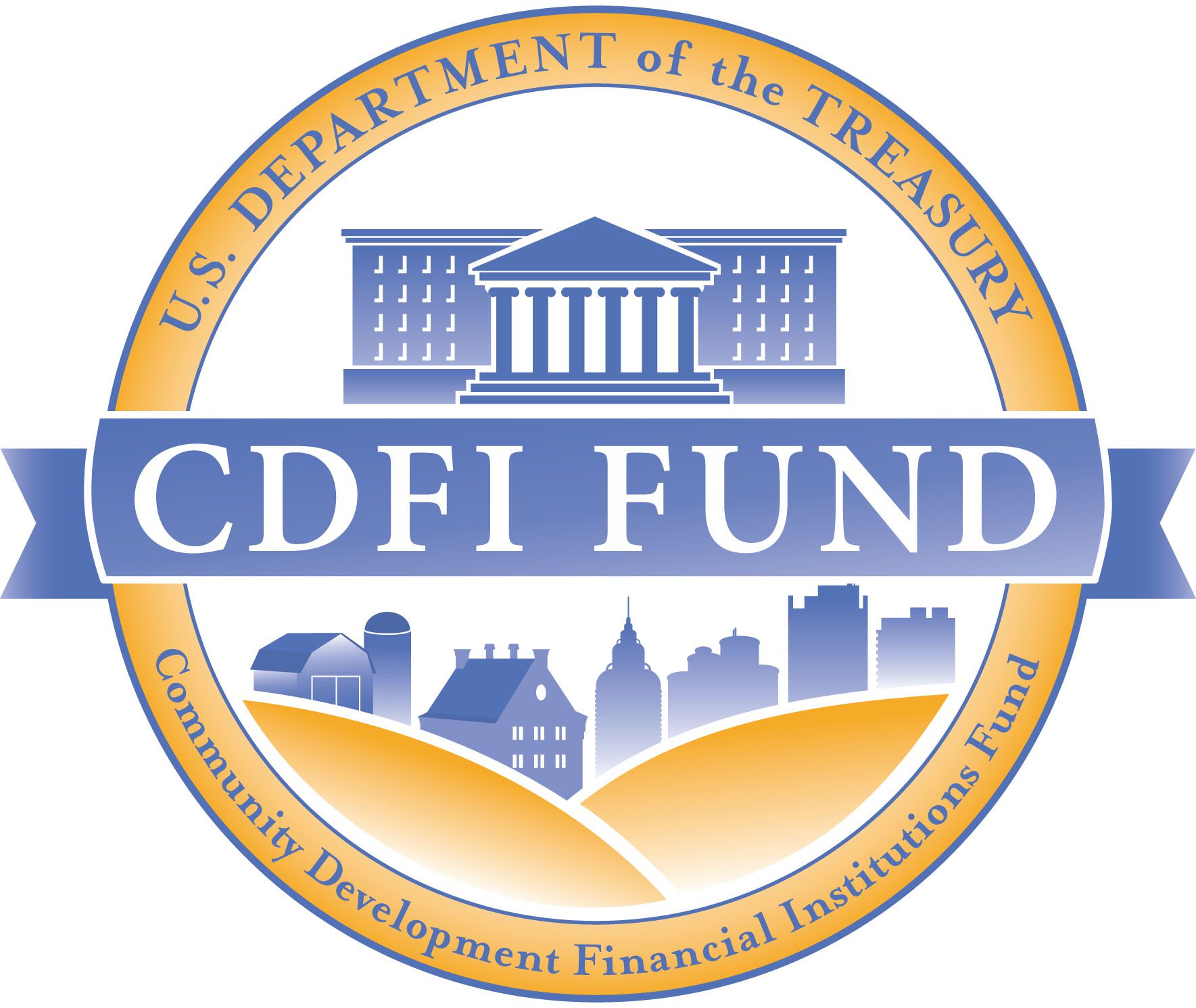The BGP) Eligible CDFI Guarantee Application is an in-depth assembly of over 50 elements designed to ensure a thorough evaluation of a CDFI's operational, financial, and structural capabilities. Central are several critical sections:
- The Secondary Capital Distribution Plan Narrative necessitates a descriptive account detailing the proposed utilization of funds. The narrative requires evidence that the Bond Loan proceeds will be exclusively used for Secondary Loans, with clear indications of the asset classes to be targeted. Emphasis is on the applicant's historical lending patterns, particularly in terms of both volume and value over the past five years. Furthermore, the narrative must spotlight the Eligible CDFI's strategic initiatives to bridge financing gaps, contribute to community development, and detail their operational strategies for lending, disbursing, and monitoring Secondary Loans. This section also requires a community impact analysis emphasizing the societal benefits, alongside the characteristics of targeted projects or uses.
- Within the Policies and Procedures section, applicants submit their Loan Policies, which must comply with specific BGP underwriting requirements for each Asset Class being targeted. These policies must address elements like origination, underwriting, and conflict of interest, and should be complemented with a sample internal portfolio management report. An Asset-Liability Matching policy is also required to illustrate how liquidity risks are managed due to potential mismatches in asset and liability durations.
- The Loan Portfolio section is an exhaustive review of the CDFI's lending history and current pipeline. It requires a comprehensive report showing the performance of their portfolio over the past five years, reported on a quarterly basis for the most recent 3 years. There's also a requirement to present a current pipeline of loan applicants with a host of details such as Borrower ID, project type, and asset class. Additional requisites include providing a thorough loan portfolio listing, a narrative on loan products, community benefit case studies, and data on risk ratings and loan loss reserves.
- The Funding Sources and Capitalization section mandates the disclosure of grant funding sources over the past five years. It should pinpoint significant grants, whether federal, state, local, or private, and project potential grants for the subsequent three years. Other elements within this segment include a report on the historical lender/investor renewal rates, a review of compliance with financial covenants, details of off-balance sheet contingencies, a breakdown of earned revenues, and exhaustive data on debt capital statistics. And finally the application asks for disclosure of restricted funds, detailing any cash balances or securities held against specific borrowing agreements.
In essence, this application embodies an extensive vetting process, ensuring that only CDFIs with a robust strategic vision, proven financial health, and clear operational plans are considered for bond guarantees. Our team is poised with the expertise and attention to detail required to craft applications that tell your CDFI’s story in a way that meets these comprehensive criteria.




